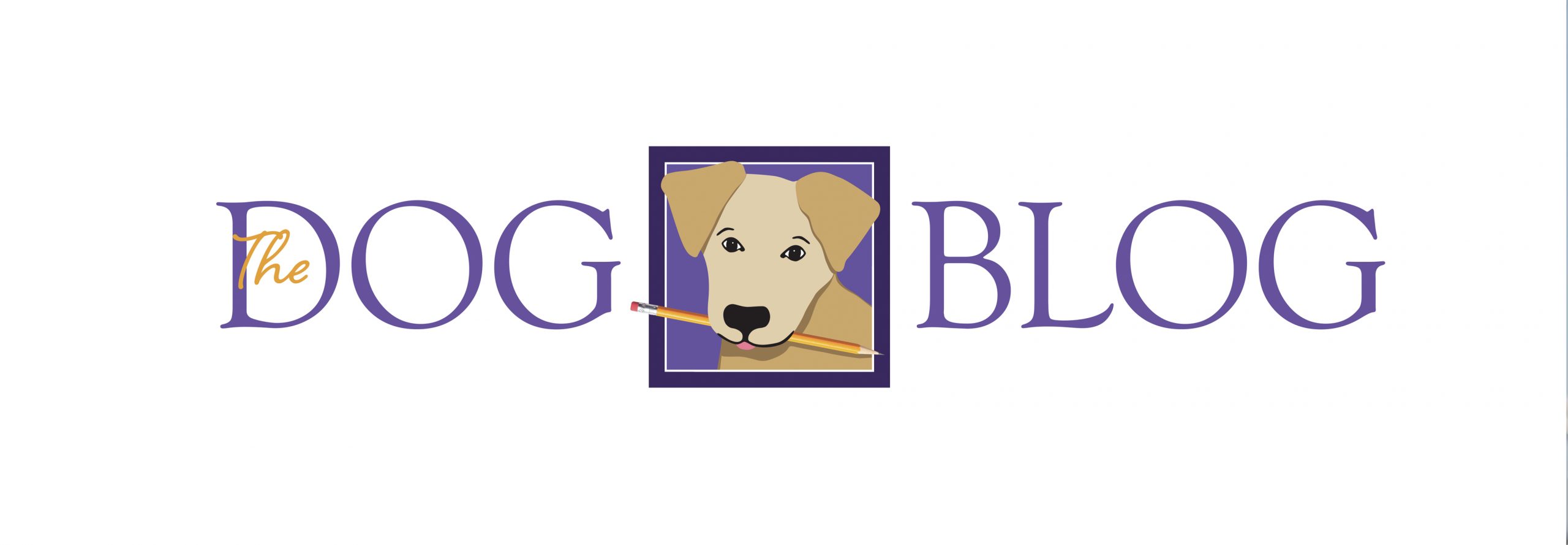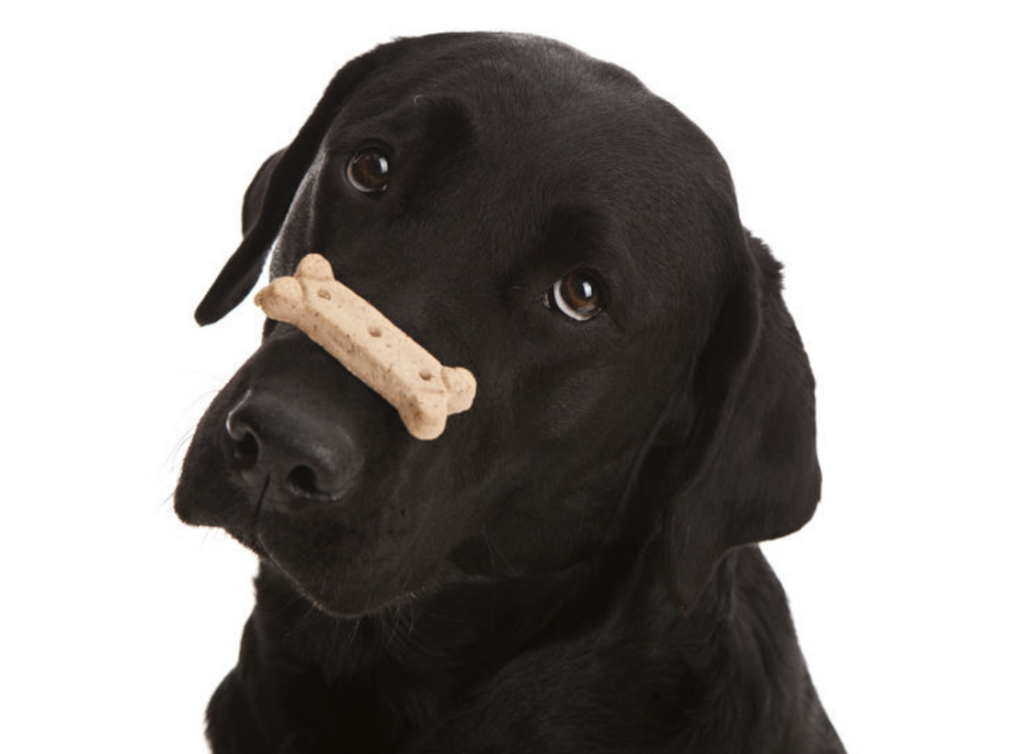
Ask the Trainer: How Do I Decrease Using Treats to Train My Dog?

At Dogs Inc, we use only positive reinforcement training methods, and treat training is how we begin motivating our puppies and dogs to perform a desired behavior. Puppy sits on command? Treat. Puppy stays on command? Treat. Since most dogs are highly motivated by food, rewarding the behavior with a treat gets the job done, with plenty of consistency, repetition, and daily practice.
Eventually, we want the dog to obey the command regardless of the reward, and here at our school, we transition from food to verbal praise as the reward for our older dogs. “Good job!” in a higher pitched, excited voice is a sound heard regularly on our campus.
But as puppy gets older, how do we decrease using treats for training? We checked in with trainer Tina Marie Richardson to find out more. Tina Marie conducts our group and private dog training classes for the public, and she’s worked with dogs of various breeds and training levels.
“We call it ‘fading the lure,’” Tina Marie explains when asked how to decrease or eliminate treats in training. “We use the food in the hand—often with a hand motion—to lure the behavior, and the food is the lure. To fade the lure, there are several things we can do.
We can try a random schedule of treats. Like a slot machine, it’s sometimes yes and sometimes no. We can try an intermittent schedule of treats—reward every third “sit” or every fast “sit,” for example.
We can switch hands. We start with the lure and the treat in the same hand (with a hand motion luring the behavior), and then we have them perform the behavior. Then we fade the lure by luring with one hand and treating with the other, to help them learn that the lure doesn’t always have a treat. In addition to treating with the opposite hand, we can also start to delay the delivery of the treat after the behavior is performed.
Or, we can treat only with things that are more challenging. For cues they already know, such as a simple sit, we don’t treat, but for new commands, we treat. Another method is to exchange the treat for a different reinforcement: reward with a toy toss, belly rub, or extra attention.”
In summary, begin with treats as a training reward, and gradually fade the lure. Remember that consistency, repetition, daily practice, and positive reinforcement are key. And one more tip? To keep your puppy or dog from gaining weight with all those treats, save a portion of your dog’s daily food to use for training.

